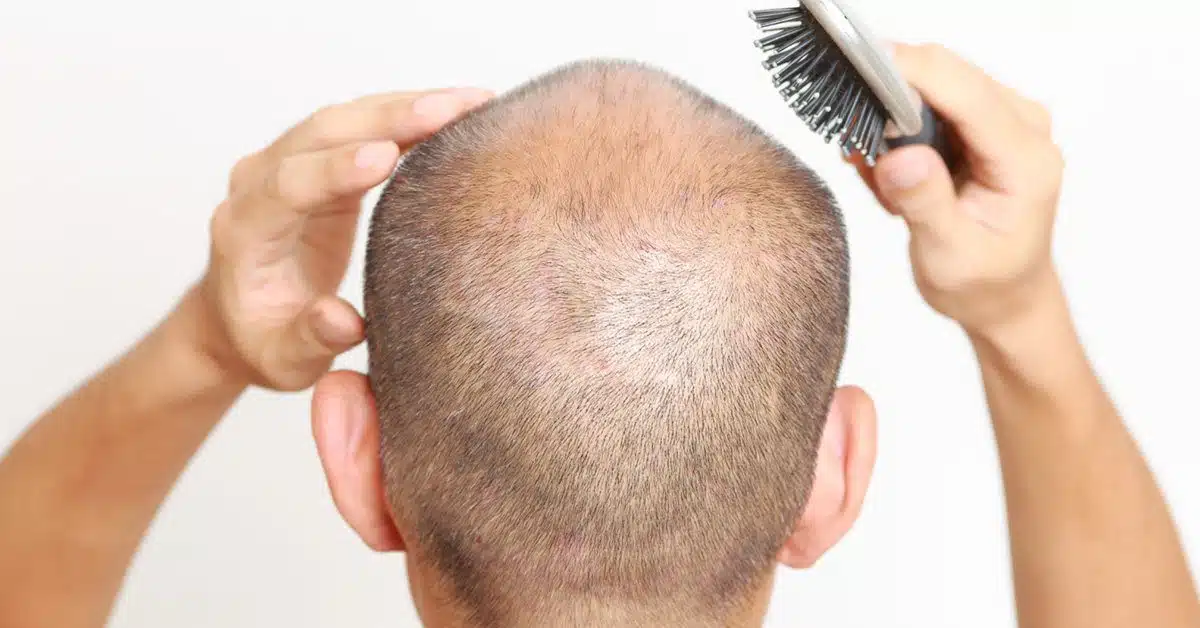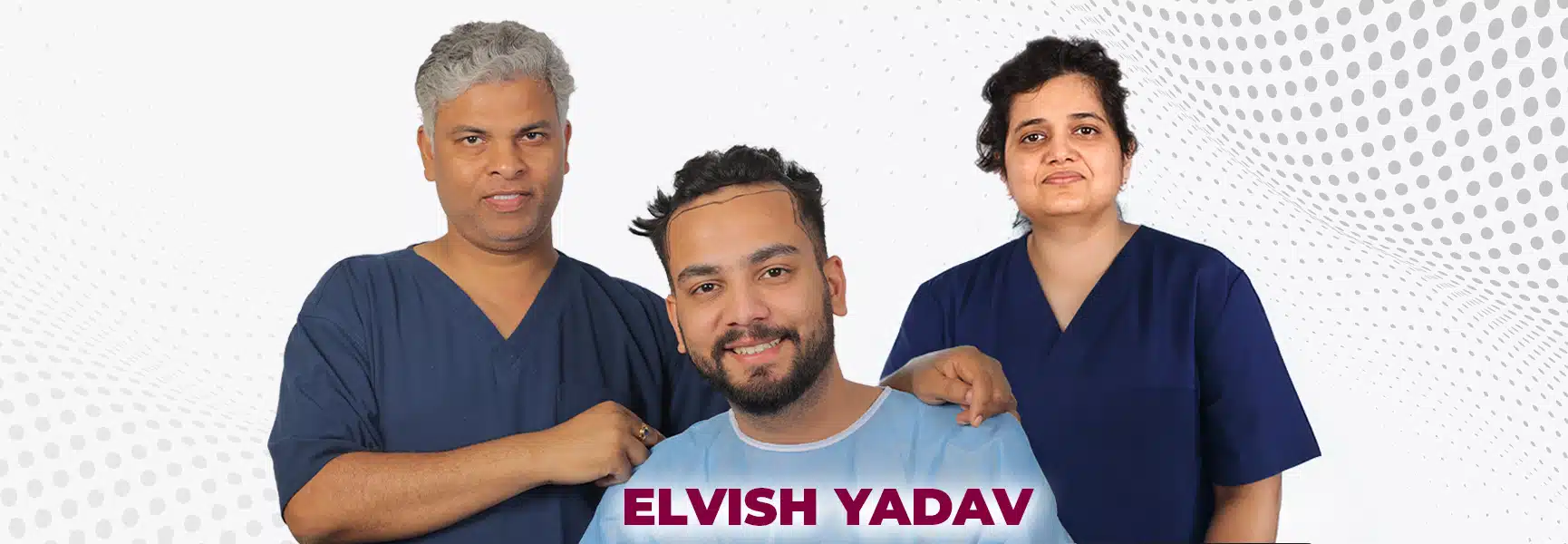Hair loss is a common concern that affects millions of men and women worldwide. The pattern and extent of hair loss can vary from person to person, and it is essential to understand the different hair loss patterns to determine the most suitable transplant method. With advancements in hair restoration techniques, there are various options available to address specific types of hair loss. Let’s explore some common hair loss patterns and the corresponding transplant methods that can effectively restore hair.
Receding Hairline:
One of the most common hair loss patterns in men is a receding hairline. It typically begins with the hairline gradually moving higher on the forehead, forming an “M” or “V” shape. To address a receding hairline, hair transplant specialists often recommend a frontal hairline transplant. This involves carefully transplanting individual hair follicles to recreate a natural-looking hairline and restore a more youthful appearance.
Crown Baldness:
Crown baldness, also known as a “bald spot” or “vertex baldness,” refers to the loss of hair at the crown or top of the head. This type of hair loss can occur in both men and women. For individuals with crown baldness, a hair transplant method called Follicular Unit Extraction (FUE) or Follicular Unit Transplantation (FUT) can be suitable. In FUE, individual hair follicles are extracted from the donor area and transplanted to the balding crown region. FUT involves removing a strip of tissue with hair follicles and transplanting them to the affected area. Both techniques allow for natural-looking hair growth in the crown region.
Generalized Thinning:
Generalized thinning refers to overall hair thinning across the scalp, often seen in conditions such as androgenetic alopecia (male or female pattern baldness). In cases of generalized thinning, a hair transplant can still be a viable option, but it requires careful evaluation by a specialist. The suitability of a hair transplant depends on the availability and quality of donor hair. The specialist will assess the donor hair’s density and characteristics to determine if there is sufficient supply for transplantation. Additionally, alternative treatments such as medications or low-level laser therapy may be recommended alongside or instead of a hair transplant.
Complete Baldness:
For individuals experiencing complete or near-complete baldness, where there is little to no hair on the scalp, a traditional hair transplant may not be feasible. In such cases, scalp micropigmentation (SMP) or a hairpiece may be more suitable options. SMP involves tattooing tiny pigments onto the scalp to create the illusion of a closely shaved head. It is a non-invasive and effective way to simulate a hairline and give the appearance of a buzz-cut hairstyle. Hairpieces or wigs provide an instant solution for complete baldness, offering a natural-looking head of hair that can be customized to match one’s desired style.
It is important to note that the suitability of a hair transplant method depends on various factors, including the extent and type of hair loss, the quality and availability of donor hair, and the individual’s overall health and expectations. Consulting with a qualified hair restoration specialist is crucial to assess these factors and determine the most appropriate transplant method for each individual case.
In addition to considering the hair loss pattern, it is also important to evaluate other factors such as age, overall health, and the progression of hair loss. Specialists at the Hair transplant clinic will conduct a thorough examination and discuss your goals and expectations before recommending the most suitable transplant method.
In conclusion, understanding different hair loss patterns and their corresponding transplant methods is crucial when seeking a hair restoration solution. Whether it’s a receding hairline, crown baldness, generalized thinning, or complete baldness, there are effective transplant techniques available to restore hair and improve one’s appearance. Consulting with a qualified specialist will ensure a personalized approach and the best possible outcome for your hair restoration journey.






